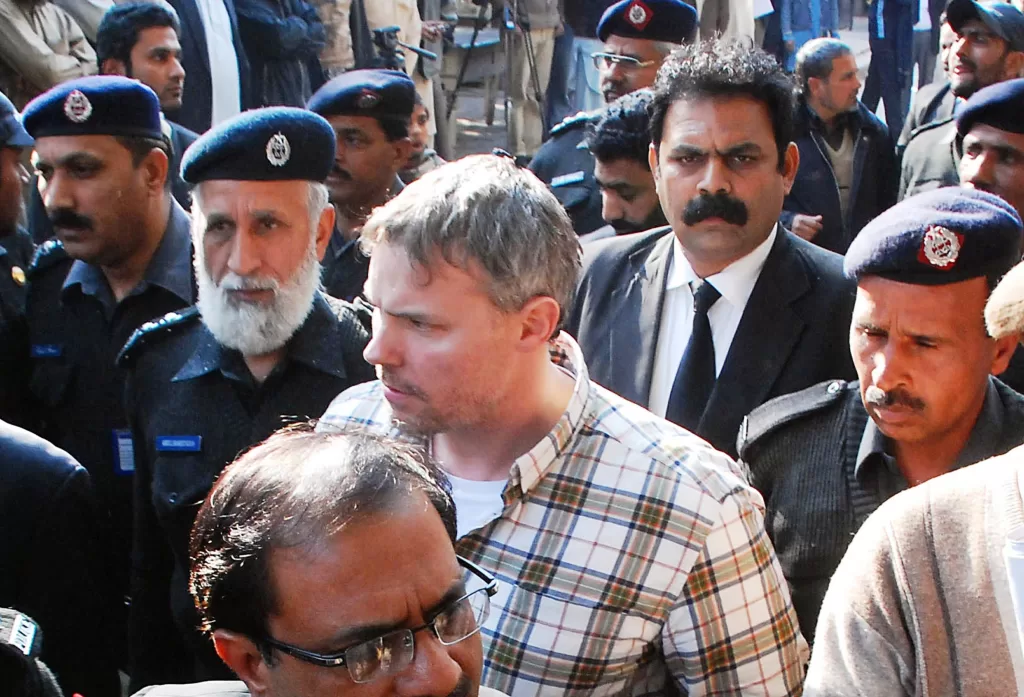In contemporary international power politics, the multileveled Beijing-Washington conflicted interaction and the growing US-India strategic partnership have become the critical factors hampering the conventional framework of Pakistan-US relations. The recent phase of Islamabad-Washington relations has dragged the attention of international academic communities towards the evolving patterns of cooperative bilateralism between Pakistan and the United States. Most authors treated Afghanistan as a significant factor shaping the nature of Islamabad-Washington economic cooperation and strategic collaboration, and the leaders of both nations have accepted the significance of Kabul in their political coordination and diplomatic communication.
Akin to several other studies, the book of Ted Craig presents an analytical overview of bilateral cooperation between Washington and Islamabad, which was presently shaped by the US-led global war on terror. The American-sponsored global campaign for effectively countering and eliminating the menace of terrorism from the international system by addressing its root causes is the central argument of the book written by Craig. Currently serving as an advisor to the American counterterrorism program for South Asia, Craig is a well-known figure in US mainstream policy circles while having a longstanding attachment with the US Foreign Service. He served two terms in Pakistan as a part of an American diplomatic mission, and his stay in Islamabad led him to witness various changes in the cooperative bilateralism between the governments of Pakistan and the United States under the broader framework of the war on terror. The analysis in the book’s fifteen chapters is based on Craig’s personal experiences concerning the complex dynamics of Pakistan-US relations starting from the ashes of the 9/11 attacks.
Craig has divided the entire debate into three main parts: preparing the pitch, Pakistan and the Cricketing World, and over the horizon. These main parts of the book attempted to cover the post-9/11 geopolitics and its irrefutable influences on the multifaceted cooperation of two countries revolving around the question of Afghanistan’s political stability and social prosperity. In this way, the author’s analysis tried to provide a comprehensive account of different arguments on the two decades of cooperation between Islamabad and Washington, initiating from launching the war on terror and ending it with the US withdrawal from Afghanistan. While considering Kabul as an epicentre of Pakistan-US bilateral relations, the US invasion in Afghanistan under its global counterterror commitments, the killing of Osama Bin Laden in Abbottabad, murder of a Wall Street Journal reporter Daniel Pearl, the rise of the Tehrik-e-Taliban Pakistan (TTP) and the withdrawal of US forces from Afghanistan after the Doha Peace Agreement are treated in the book as the responsible factors causing major changes in the two-sided political communication between Washington and Islamabad.

Additionally, the mentioning of various incidents of terrorist attacks in Pakistan and the formal reactions of the government legislative bodies treated terrorism in the book as the potential force strengthening the multidimensional ties between the two countries and enabling their respective leaderships to decisively take various combined actions to address the common challenge of terrorism. The interesting part of the book emerges from the discussion on cricket while using it as an appropriate lens to study the changing dynamics of the complex South Asian regional politics where the involvement of extra-regional forces has become the inevitable force in the region. The integration of cricket with the political culture of the subcontinent reflects an intertwining relationship between sports and politics under the broader context of Islamabad-Washington multileveled ties. In the cricket debate, the author acknowledged Islamabad’s potential for sports diplomacy and its support for the promotion of international cricket worldwide. By citing the valuable contribution of Pakistan to the promotion of cricket as a vital source of diplomacy in regional and international politics, the arguments in the book cite the role of cricket in the India-Pakistan rivalry (p. 95).
The contesting nature of cricket matches between Islamabad and New Delhi and the antagonistic behaviours of two-sided sportspeople in international tournaments have been treated as a reflection of multileveled India-Pakistan hostility (p. 105). It is rationally accepted by the author in his analysis of the challenge of India-Pakistan hostility for Washington’s specific South Asian policy. The author’s compelling arguments and evidence-based examination of the turbulent and contentious bilateral ties between Pakistan and the United States trace the role of particular actors inflicting a sense of estrangement in their historical diplomatic interactions of the two nations. In addition to using cricket as a metaphor to access the ongoing politics of the nuclearized subcontinent, the use of historical analysis, diplomatic case studies, and diverse cultural insights in the book’s primary debate have enhanced the validity of Craig’s arguments.

The book’s central theme underlines the factors inflicting a sense of alienation in Pakistan’s mindset due to several factors, like the controversial drone strikes in the tribal areas of Pakistan, the Raymond Davis affair, and the Abbottabad operation. Apart from offering an interesting detail of various events based on empirical pieces of evidence, the analysis in the book has overlooked several important factors, such as the Indian projection of anti-Pakistani sentiments and anti-Pakistan clandestine activities from Afghanistan land, the cost of Islamabad’s suffering in its support to global counterterror efforts of US, and Indian implicit involvement in Pakistan’s internal affairs. Thus, the arguments in all chapters attempt to maintain a balanced perspective on critical examinations of both Washington and Islamabad’s specific policies. The use of sports as an essential part of cultural diplomacy in viewing Pakistan-US relations distracts attention from the more pressing issues between the two governments. The book explores the diplomatic interactions between the United States and Pakistan regarding Afghanistan and provides detailed descriptions of key events and decisions that have shaped their relationship. The book highlights the significant influence of the US on Afghanistan’s internal affairs, impacting peace and regional stability in South Asia. The analysis focuses on the two countries’ strategic calculations, diplomatic manoeuvres, and cultural considerations.
It emphasizes the actions and decisions of two-sided legislative bodies, high-level diplomats, government officials, and military leaders, offering valuable insights into the top-down approach that drives the cooperative relationship between the two states. In other words, the insights from this book can inform contemporary policy decisions and strategic planning, especially in relation to ongoing challenges in Afghanistan and broader U.S. engagement in the region.





